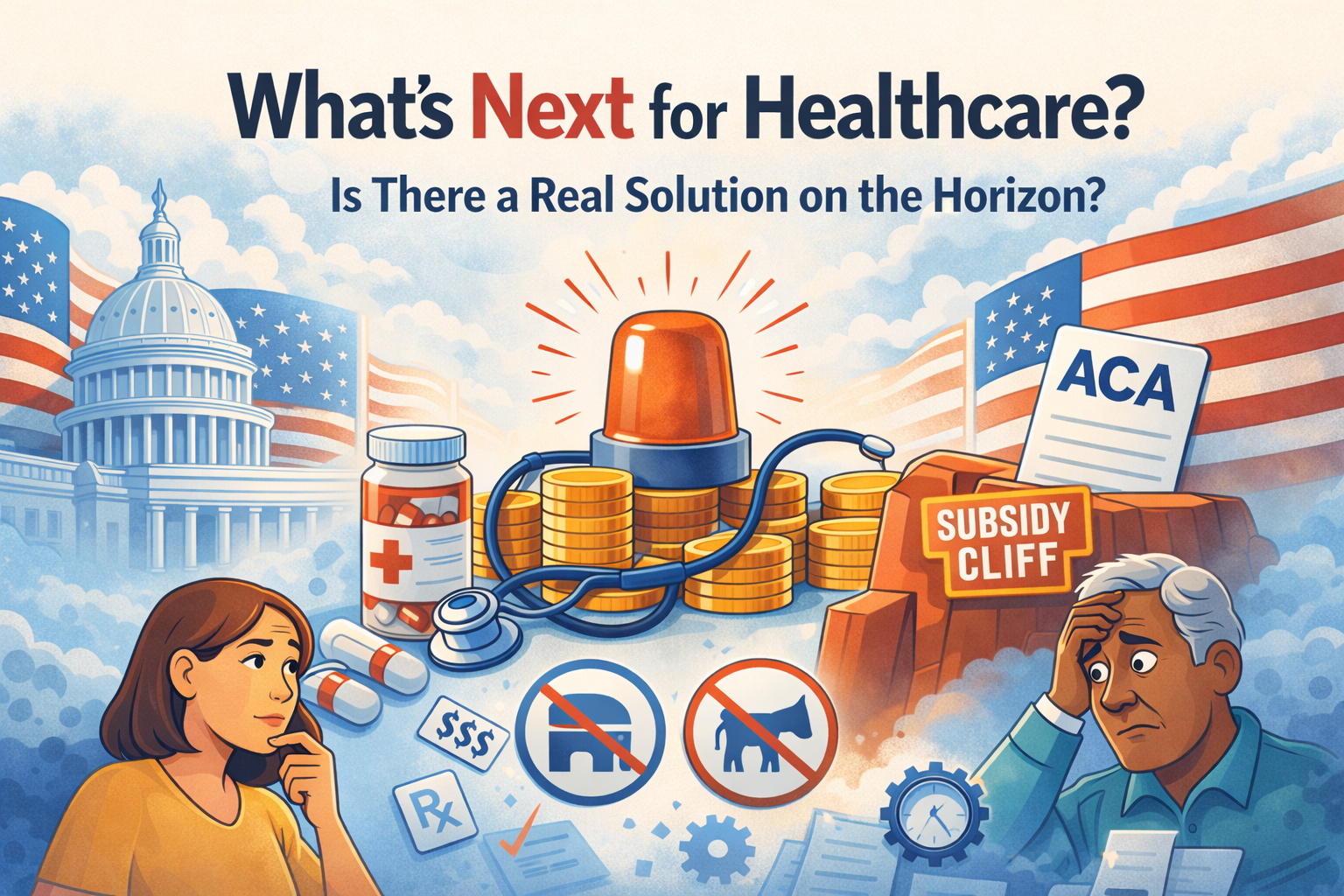Post pandemic, we know that employers are struggling to attract and retain talent. According to Zywave’s 2022 Attraction and Retention Survey, more than 75% of employers consider attraction and retention to be among their top five business challenges. This change in the labor market means the old ways of delivering Employee Benefits are no longer enough to increase retention. Employees now expect fresh healthcare plans that provide value and offer perks. Things that used to be considered “buy-ups” now must be included as core offerings.
So, what is your Benefits strategy? Here are our top tips for building a strong Benefits strategy going into 2023:
1. Be proactive.
Make sure your insurance broker is helping you dissect all your options and choices. Be open to options like changing carriers, it can present a significant cost-saving opportunity. Also, many employees will be happy to adjust if it means they receive better benefits at lower costs.
2. Build an attractive, well-rounded Benefits package.
It’s no longer enough to build a plan that only includes various medical plans. Employees are now expecting Dental, Vision, AFLAC, pre-tax plans, virtual care, as well as Cafeteria Plans for payment of medical expenses and dependent care. The good news is these are nominal expense Benefits, which can round out and add great value to any package. They can be implemented, no matter how big or small your company is. Of course, retirement plans are important as are strategies around adding PTO and flex time.
3. Communicate! Educate! Communicate!
Employees that don’t feel they’re getting the best possible benefits might seek out other job opportunities. You can have the best possible Benefit offerings, but if your employees don’t understand the value of the plans available, the most attractive plan could be rendered useless. Speak up and take the time to educate your employees. Employers have a unique opportunity to provide data and information to help employees better understand the value of your company’s offerings. Use an internal newsletter to communicate and call out the amazing benefits that are available to them.
4. Don’t leave out well-being perks.
As many workers reconsider their jobs and lives, they may also look to take better care of themselves physically and mentally. Although many organizations have expanded their employee assistance programs, mental wellness goes beyond access to care. Employers should consider how employees are treated in the workplace and ways to help reduce burnout. Some employers are offering mental health days and flexible working options to help employees take control of their workday and be most productive when they’re able.
5. Include work flexibility.
Hybrid work isn’t going anywhere any time soon. After 2 years in a COVID work environment, 50% of US employees say not including hybrid work is a dealbreaker when it comes to staying with a firm or joining a new company. Most employers recognize this because 78% already provide the option to work from home and 66% offer flexible work schedules, which include options like four-day work weeks.
6. Listen to feedback.
Ask your employees what they want and what they’d like to see. You might surprised to hear what their needs are and how simple those requests can be to fulfill.
–
These benefits all must be considered as you compete for talent in a environment where there are fewer choices, and most great employees are wrapped up. Be sure you package your programs and communicate them throughout the course of 2023



